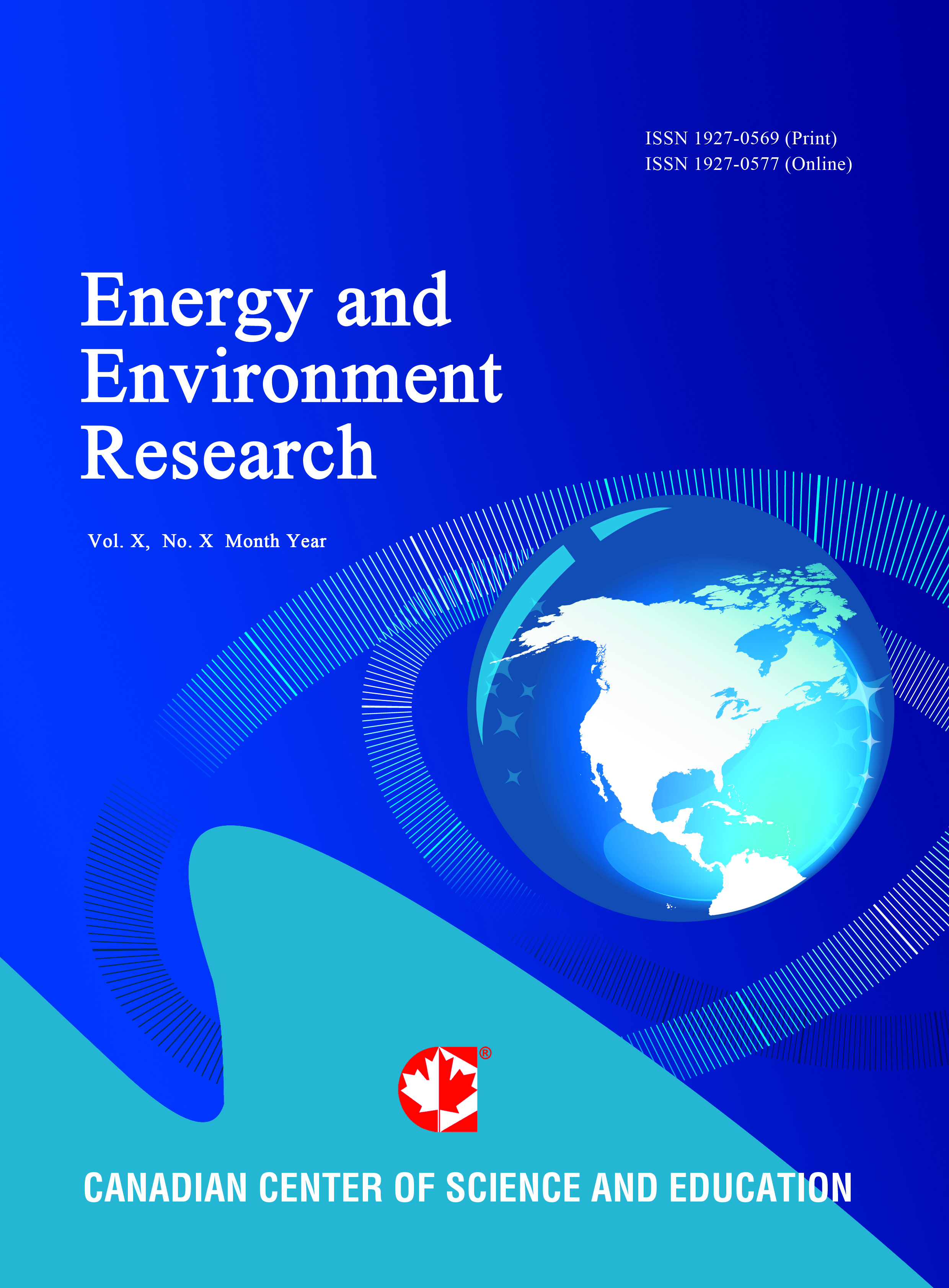Numerical Simulation Study of Field Scale SAGD and ES-SAGD Processes Investigating the Effect of Relative Permeabilities
- Mohammad Ashrafi
- Yaser Souraki
- Ole Torsaeter
Abstract
Steam Assisted Gravity Drainage (SAGD) has been proved to be an effective method in producing from extra heavy oil or bitumen resources. The main recovery mechanism in this process is viscosity reduction by introducing heat into the reservoir. The Solvent Co-Injection processes (SCI) or Expanding Solvent SAGD (ES-SAGD) are alternative methods to the conventional SAGD. In these processes reduction in the oil viscosity is achieved by a combination of latent heat from steam and dissolution of solvents into bitumen. These alternative methods lower the steam requirements and associated costs with it, as well as the amount of carbon dioxide emission into the atmosphere caused by steam generation process.In this work some numerical simulations were conducted to examine the effect of relative permeability data on the performance of SAGD and ES-SAGD processes. Temperature dependant relative permeability data, that shows variation of end points with temperature, was tested against fixed relative permeabilities. Oil production was found to be strongly dependant on the end point relative permeability data. It is suggested to use temperature dependant relative permeabilities in numerical simulations. This must be considered as a matching criterion, when trying to history match field data.Solvent co-injection showed promising results both in terms of improved recovery factor and reduced steam oil ratio as an economical criterion. In addition, the high solvent recoveries of 97-100% in all solvent co-injection runs make the process even more economically interesting. Injecting only 2% on a molar basis of pentane, hexane or heptane as solvent, boosted the oil rates up.- Full Text:
 PDF
PDF
- DOI:10.5539/eer.v3n1p93
Journal Metrics
(The data was calculated based on Google Scholar Citations)
h-index (July 2022): 19
i10-index (July 2022): 53
h5-index (July 2022): N/A
h5-median(July 2022): N/A
Index
- BASE (Bielefeld Academic Search Engine)
- CiteFactor
- CNKI Scholar
- Elektronische Zeitschriftenbibliothek (EZB)
- Excellence in Research for Australia (ERA)
- Genamics JournalSeek
- Google Scholar
- NewJour
- Norwegian Centre for Research Data (NSD)
- PKP Open Archives Harvester
- Publons
- ROAD
- SHERPA/RoMEO
- Standard Periodical Directory
- Ulrich's
- Universe Digital Library
- WorldCat
Contact
- Lesley LuoEditorial Assistant
- eer@ccsenet.org
